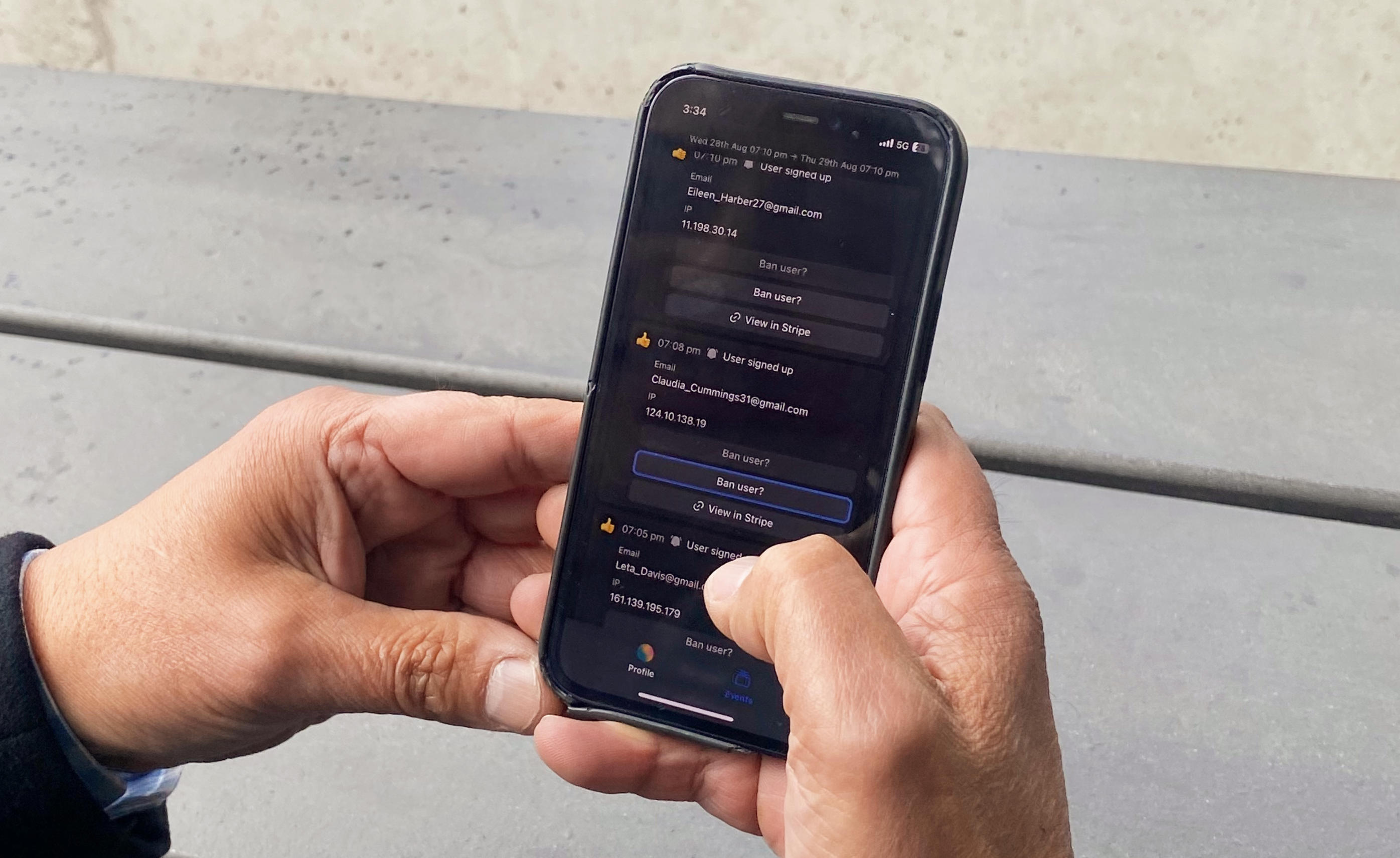Operational vs Logsnag
Hey there, I’m Shash, and I run a SaaS business.
Like many founders, I need to stay informed about key events: user sign-ups, onboarding, subscription cancellations, cron job failures, and integration issues. These small issues grew daily, distracting me from business tasks.
I created Operational to solve these pain points.
What is Operational?
Operational (Ops from now on) is a basic event logging SaaS. Send events via our API and view them instantly in the webapp:
Where ops really shines is what you can do with these events.
1. Structured events
Event logging is all fine and dandy but what if a user signed up and you want to understand what email did they sign up with, what’s their ip, did they came in with a referral, etc.
With ops, you can pass a structured object and it will render a beautiful event log.
2. Actions
Next step up is to run ‘actions’ on events. For instance, if a high value user unsubscribes from your SaaS, you can pass an array of ‘actions’ to the event.
These actions are rendered as buttons inside ops. When clicked, they send a webhook to your server where you can make your server perform various tasks with the event data.
3. Contexts
Lastly, you might want to track complex user flows or cron jobs. You can of course send individual events, eg: user did part 1 of onboarding, user did part 2 of onboarding, etc. But timeline wise these events often get mixed up with other non-related events.
With contexts you can group together events, thus helping you understand the context in with the events took place.
There’s more
With ops I wanted to make something that founders can use on the go. I understand the pain point of getting an email/chat support ticket when you’re on the go and having to open your laptop, open up phpmyadmin or something similar and update a flag in the db.
Ops’s entire UI is made to run on your mobile device flawlessly. This is possible because ops is a PWA(Progressive web app).
Don’t know what that means? That’s fine, the ops webapp can be ‘installed’ on your device and it will work like a normal app after that.
This also means you will receive push notifications on iOS and android. The entire UI is also optimized for mobile too. Buttons have a nice tactile feeling, navs and headers look closer to their native counter parts, and so on.
And darn I say it looks pretty. Since you’re going to be viewing events every day, we have made the webapp look as pretty as possible - without sacrifing user experience.

For instance:
- Dates are formatted in a human readable form - no iso8601 bs here.
- Confused by utc dates? We are too. All dates are relative to your timezone
- Going on a hike and don’t want to receive push notifications? We got you(notifications can be turned off through the webapp)
- Can’t sleep at night and want to see what your app is doing? ops has a dark theme by default so its easier on your eyes when you roll in your bed.
Where can you use Operational
Here are some uses cases:
- Audit logs - track all major user activity for kyc purposes
- Get notified who signed up - run action here to ban bad actors or other nefarious users.
- Get notified when someone’s trial ends - run action here to allow trial extension if user seems to be high value.
- Get notified when someone unsubscribes - run action here to ask them why they are leaving.
- Pass contextual events in cron job functions and gain a understanding in how they working.
- Pass hefty webhooks from other apis during critical moments(think stripe webhook).
And so on. Ultimately you want to send events based on your needs. The best events are the ones that solve business-specific issues.
Why use Operational?
Ops is in the beta phase right now. Which means that it is usable (We uses this in production) but we might alter a few things before going live.
A big part of why you should sign up for beta products comes down to the founder’s track record. Here’s mine:
- This is not my first rodeo. I’ve already built a SaaS before(Swipekit)
- Ops is fully bootstrapped and we’re using it in production.
- Ops was our internal app for a long time. This gave it a lot of polish.
Ops is a event tracker tool right now, but our long term roadmap is to fully solve/manage operational issues in your product so you’re left with more time working on feature improvements, marketing, etc.
Pricing
Ops is free to use in the beta period - will have a paid plan once its ready. Early adopters who used ops during the beta period will get a nice discount.
We haven’t nailed our price but we’re going to have a pay-per-event model. This is great because the smaller your biz - the less you pay, making it great for early stage bootstrapped companies.
We’ll also have volume discount baked in - no need to “talk to us”
We also have a dedicated test mode where we don’t charge for events. Perfect for integrating ops in your product.
Our target pricing is between $10 - $20 usd per month based on events generated for a $5k MRR SaaS having ~200 users and getting 50 signups every day.
- FIN -